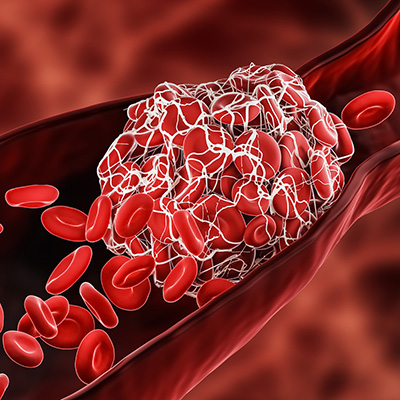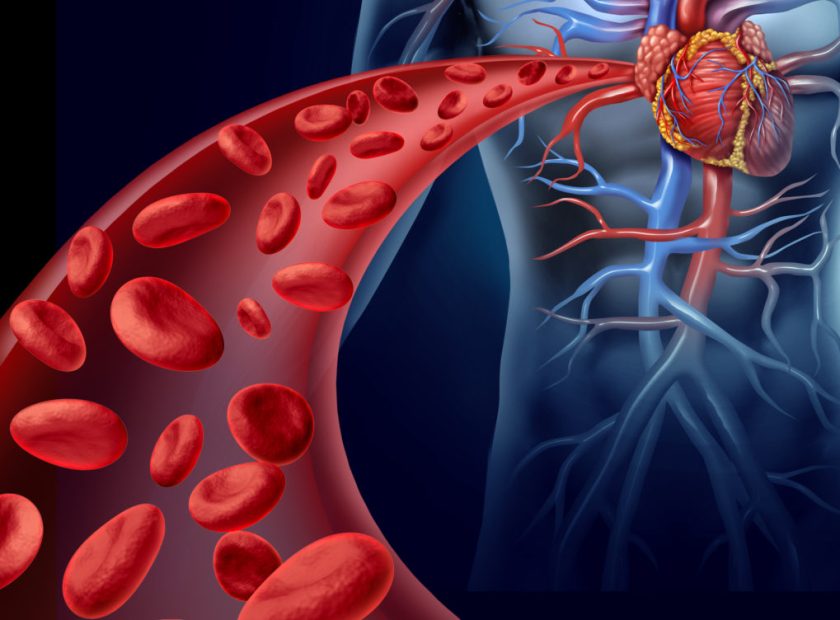Exploring the Role of DVT Ultrasound Scans in Preventive Medicine
In the realm of preventive medicine, DVT (Deep Vein Thrombosis) ultrasound scans play a crucial role in identifying and managing potential health risks. This non-invasive procedure utilizes sound waves to create images of the veins, allowing healthcare professionals to detect blood clots and take appropriate preventive measures. In this article, we will delve into the significance of DVT ultrasound scans and their impact on preventive healthcare.
Understanding DVT:
Deep Vein Thrombosis, commonly known as DVT, is a condition where blood clots form within deep veins, typically in the legs. These clots, if left undetected or untreated, can potentially dislodge and travel to the lungs, causing a life-threatening condition known as pulmonary embolism. DVT is prevalent among various demographic groups, including those who are immobile for extended periods, individuals with a family history of blood clotting disorders, and those who have recently undergone surgery. Timely detection plays a pivotal role in managing and preventing further complications related to DVT.
The Role of Ultrasound Scans in DVT Prevention:
DVT ultrasound scans have emerged as a reliable diagnostic tool in preventive medicine. By utilizing high-frequency sound waves, these scans provide healthcare professionals with detailed images of veins, enabling them to identify the presence of blood clots accurately. This non-invasive procedure allows for easy detection without exposing patients to radiation or other potential risks associated with invasive imaging techniques.
Thorough Analysis through DVT Ultrasound Scans:
When an individual exhibits symptoms such as leg pain, swelling, or warmth, healthcare practitioners employ DVT ultrasound scans to evaluate the patient’s condition comprehensively. Through this diagnostic approach, medical professionals can visualize the veins, detect abnormalities, and identify potential blood clots. Additionally, DVT ultrasound scans can assess blood flow patterns and measure blood pressure in the affected veins, providing a holistic understanding of the patient’s vascular health.
Preventive Measures Based on DVT Ultrasound Scans:
Early detection of DVT through ultrasound scans enables healthcare providers to implement preventive measures effectively. Patients diagnosed with DVT are often recommended anticoagulant medications to prevent clot formation or extension. Furthermore, individuals identified as high-risk candidates for DVT may receive prophylactic treatment, including compression stockings or mechanical devices to improve blood circulation and reduce the likelihood of clot formation. By leveraging DVT ultrasound scans as a preventive measure, healthcare professionals can significantly minimize the risk of pulmonary embolism and its potentially life-threatening consequences.
The Significance of DVT Ultrasound Scan Frequency:
While DVT ultrasound scans are instrumental in preventive medicine, the ideal frequency of these scans depends on various factors. Individuals with a history of DVT or those prone to recurring blood clots may require more frequent monitoring. On the other hand, low-risk individuals may need periodic scans as determined by their healthcare providers. It is crucial for patients and medical practitioners to engage in open dialogue and evaluate the necessity of DVT ultrasound scans based on individual risk factors and medical history.
Conclusion:
DVT ultrasound scans have revolutionized preventive medicine by enabling early detection and management of deep vein thrombosis. Through this non-invasive procedure, healthcare professionals can identify blood clots and implement appropriate preventive measures, ultimately reducing the risk of life-threatening complications. By staying proactive and incorporating DVT ultrasound scans into preventive healthcare strategies, individuals can take control of their vascular health and lead healthier lives.





